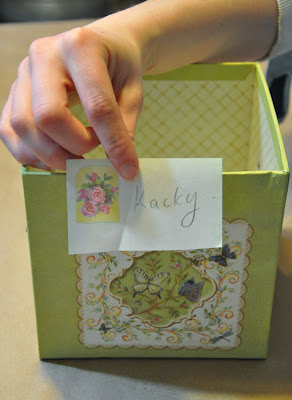Recently, I was working through my photo archives trying to organize things better, when I came across this image from a couple of years ago.
I remembered that when I had originally posted this picture another blogger, who is not a gardener, remarked that she thought it was one of the nicest shots I had ever taken.
It may be pretty, but it is a picture of Goutweed. I remember thinking at the time: Great! I've have taken the perfect portrait of my most bitter enemy.
You see, I used to think of my garden as a battleground. It was me going head to head with Mother Nature and struggling for control.
It was me waging war on invading weeds.
Dreaded Japanese Beetles: one of us was going to have to die and it wasn't going to be me!
Goutweed was a problem I inherited when we moved in to this house. I managed to eliminate most of it, but sneaky plant that it is, Goutweed likes to hide out at the base of small shrubs.
Two summers ago, I noticed a few Goutweed sprouts lurking at the feet of one of my more thorny roses. Reluctant to get in among the thorns, I put off dealing with them.
And then I got busy.
Before you knew it Goutweed was popping up all throughout the bed.
Last spring, I ripped out almost everything in that corner of the garden in an effort to eradicate it once and for all.
But at a certain point, I was in danger of killing some of my well established shrubs, like this Weigela, just to get rid of it.
And the bed looked pretty bare for most of the early summer. It was like having a run in your stockings: an ugy hole that looks dreadful no matter how dressed up you are.
Of course, it wasn't all bad.
In the space that opened up, I added a few new plants like this perennial Bachelor's Button, Centuara montana 'Amethyst Snow'.
and this Dwarf Calamint, Calamintha nepeta ssp. nepeta which ended up becoming my favourite new perennial of 2012.
But just when I thought I had finally won out, I noticed a few goutweed leaves at the base of this hydrangea standard and tucked away under a pink spirea.
Perhaps this development might have been bearable, but Goutweed wasn't my only problem. There was also Lily of the Valley and this pretty pink invasive (above) in the back garden.
How crazy do I really want to make myself? I began to wonder.
Is it ever okay to wave the flag of surrender?
Make no mistake, I wasn't just looking for an excuse to take the easy way out.
I just wasn't happy gardening in a war zone any more.
Over the course of the summer, I began to adopt a new perspective on gardening. What brought about this change of view? It was a video clip from Monty Don's tour of Italian Gardens that the Sage Butterfly had posted in one of her book reviews. As Monty strolled around the beautifully romantic garden called Ninfa, he made reference to a gardener "working in partnership with nature".
I honestly felt a sudden sense of sudden relief.
The war was finally over! Gardening was a partnership, not a battleground.
I will deal with the Goutweed as best I can, and that is all I can hope for. So my roses may have a few holes chewed in their leaves. Oh well!
Imperfect will just have to do.




















































